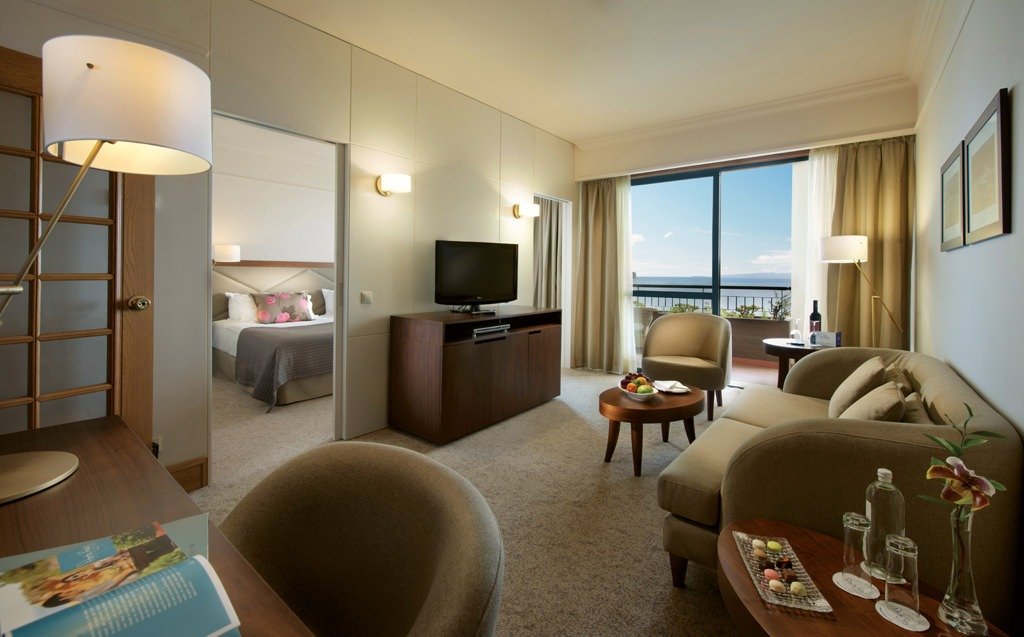
Embracing Sustainability in Interior Design: A Guide to Eco-Chic Living
In a world where environmental consciousness is on the rise, the demand for sustainable and eco-friendly interior design solutions is gaining momentum. As homeowners and designers seek to create spaces that not only look beautiful but also contribute to a healthier planet, incorporating sustainable materials into interior design has become a key consideration. By embracing sustainability in your home decor, you can reduce your environmental footprint, create unique and stylish living spaces, and promote a healthier indoor environment. Let’s explore some of the key sustainable materials and practices that can elevate your interior design while aligning with eco-conscious principles.
1. Reclaimed Wood:
Reclaimed wood offers a blend of history, character, and sustainability to interior spaces. Salvaged from old buildings and structures, reclaimed wood not only adds warmth and authenticity but also helps save trees and reduce waste. Whether used for flooring, accent walls, furniture pieces, or decorative beams, reclaimed wood brings a sense of rustic charm and environmental responsibility to any room.
- Bamboo:
Known for its rapid growth and renewability, bamboo is a versatile and sustainable material choice for interior design. With its carbon-neutral properties and energy-efficient benefits, bamboo provides a stylish and eco-friendly alternative to traditional hardwoods. From flooring to furniture, bamboo offers a modern aesthetic, durability, and a positive impact on the environment.
3. Living Walls and Indoor Plants:
Bringing nature indoors through living walls and indoor plants not only enhances the visual appeal of a space but also improves air quality, reduces stress, and promotes overall well-being. Indoor plants act as natural air purifiers, releasing oxygen and regulating humidity levels, creating a healthier and more comfortable indoor environment. By incorporating greenery into your design through vertical gardens, potted plants, or herb gardens, you can create a sustainable and harmonious living space that prioritizes human health and environmental conservation.
- Terracotta and Clay:
Terracotta and clay, traditional materials in Indian architecture, offer a blend of sustainability, aesthetic appeal, and thermal insulation. Sourced from the earth, terracotta and clay products are non-toxic, durable, and energy-efficient, making them ideal choices for flooring, wall tiles, and decorative pottery. Their local sourcing and eco-friendly properties make them valuable additions to sustainable interior design projects.
5. Low-VOC Paints and Finishes:
Choosing low-VOC paints and finishes is essential for promoting indoor air quality and reducing exposure to harmful chemicals. By selecting products with lower levels of volatile organic compounds, you can create beautiful and healthy interior spaces that support environmental responsibility and occupant health. Prioritizing low-VOC options aligns with green building standards, sustainable design practices, and a commitment to a greener and more eco-conscious lifestyle.
- Stone and Clay:
Incorporating locally sourced natural stone and clay products into interior design projects offers a sustainable, durable, and visually appealing solution. From flooring tiles to countertops and decorative pottery, natural stone and clay materials reflect a commitment to environmental responsibility while supporting local artisans and reducing transportation emissions. Harvested from the earth, natural stone is a renewable resource that adds a timeless and authentic touch to interior applications.
By integrating these sustainable materials and practices into your interior design projects, you can create eco-chic living spaces that not only look stunning but also contribute to a healthier planet. Embracing sustainability in interior design is not just a trend; it’s a conscious choice to live in harmony with nature, promote well-being, and leave a positive impact on future generations. Stay inspired, stay sustainable, and let your interior design choices speak volumes about your commitment to a greener and more beautiful world.
